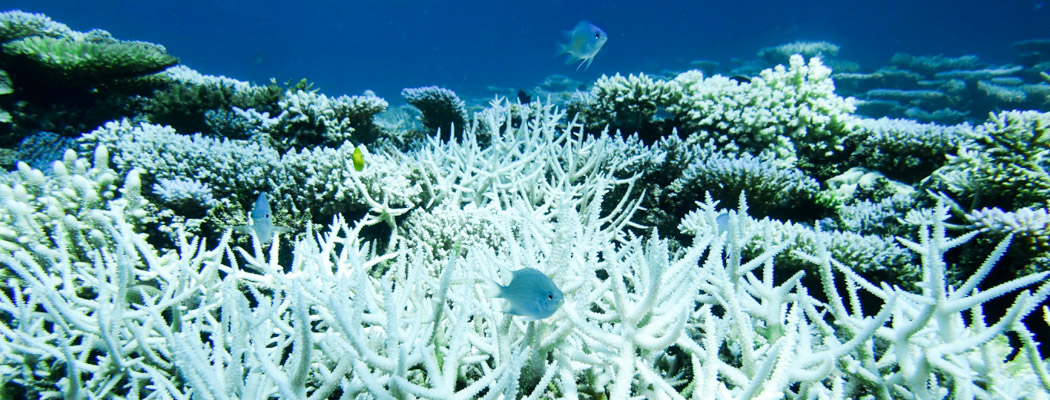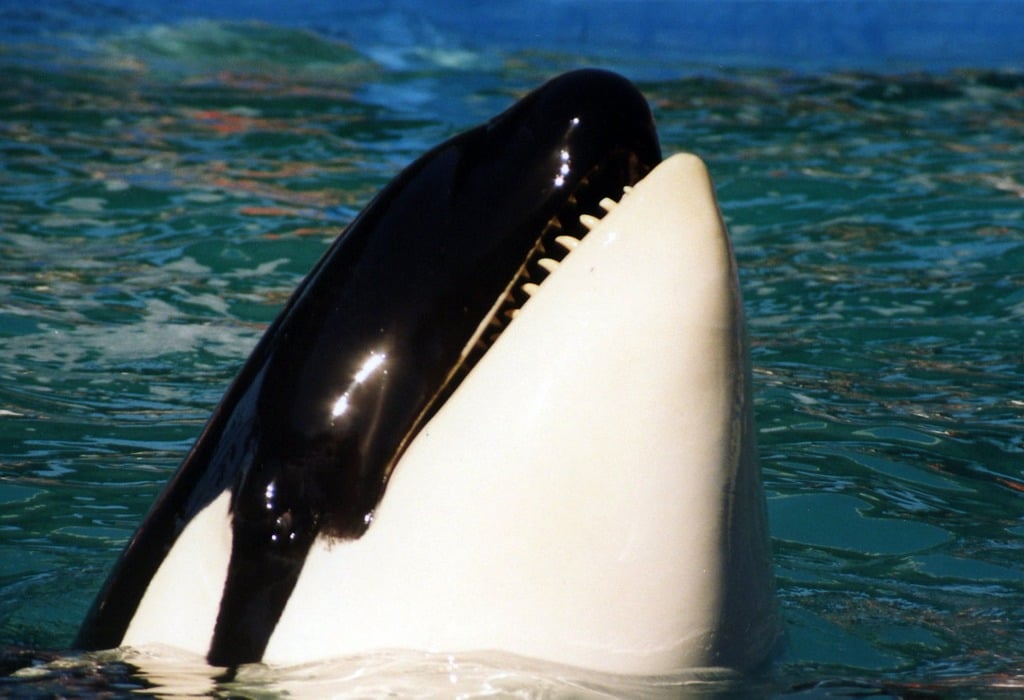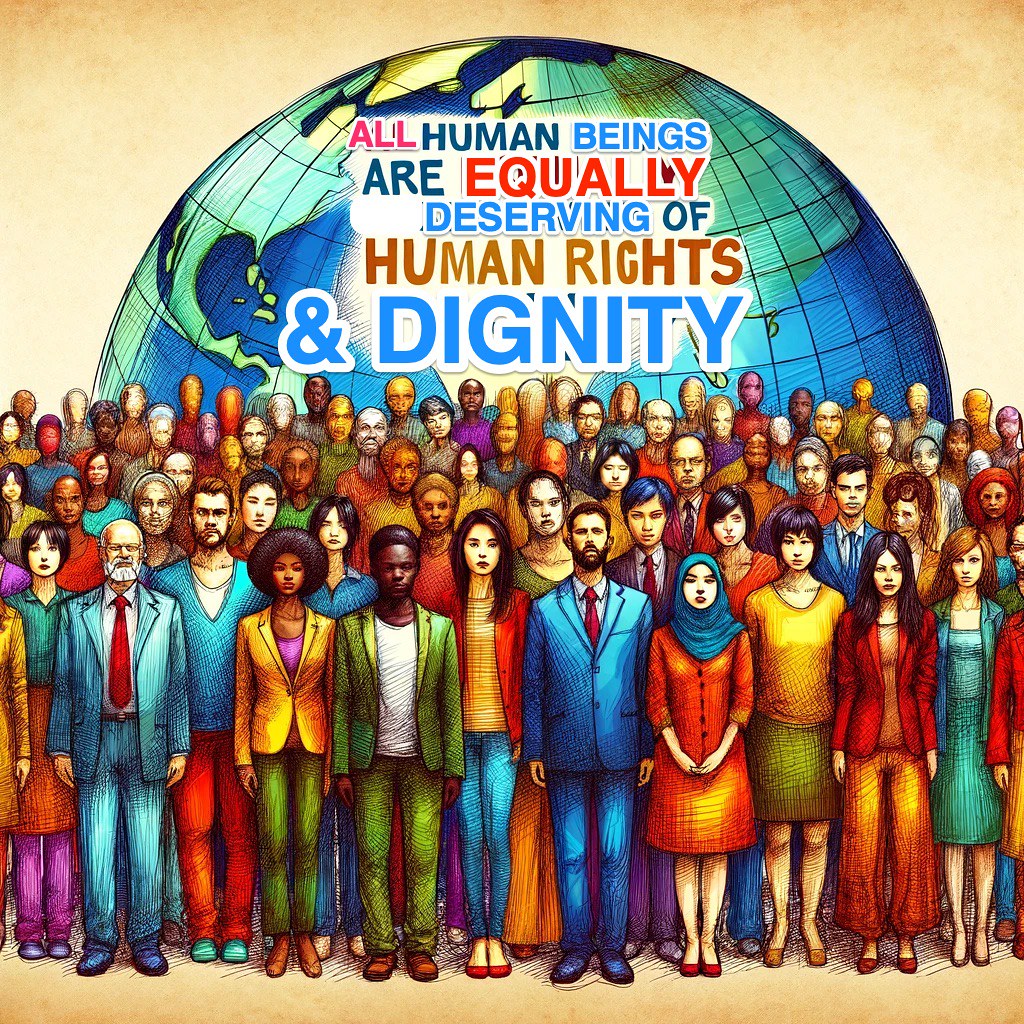Coral bleaching. A known, commonly talked about effect of climate change that happens within only a few weeks of warmer waters- destroying the habitats of fish and other sea life and leaving behind nothing but the spiny white skeletons of disease-prone and dead corals. In turn, many species of sea life die or are leaving to find another habitat that contains all of their required needs to live. According to the United States Environmental Protection Agency (EPA), about 25% of all marine life has been dependent, at one point or another, on coral reefs. When corals are “bleached”, it drives away a majority of this sea life and eventually, the thriving environment that once flourished becomes barren. This is all thanks to a fusion of global warming and a hypersensitive algae- Zooxanthellae.
The barrenness of the environment comes because of Zooxanthellae, an algae that has a mutualistic relationship with corals. This means that they work together to support one another. The corals provide shelter and carbon dioxide for the algae which is used for photosynthesis while the algae provide oxygen and sugars as a waste product, providing “food” for the corals. As previously mentioned, Zooxanthellae are hypersensitive to changes in their environment. The environmental change they have been reacting to the most since the 1980’s was during one of the major kickoffs of global warming- temperature.
When greenhouse gases like carbon dioxide (CO2), nitrous oxide (N2O), ozone, and water vapor are released into the atmosphere, it creates a “blanket” which traps infrared radiation- more commonly known as heat. This heat is then absorbed into the ocean causing a rise in water temperature. Because the Zooxanthellae and corals can sense this change in temperature by the time the water has become only 1℃ warmer, the coral experiences stress, provoking its polyps to open and expel the similarly stressed Zooxanthellae.
Coral bleaching has more expansive impacts outside of the reef, as well. Surrounding islands depend on the health of coral reef ecosystems for tourism or cultural practices- while others may depend on the species in them for food- such as fish. In the surrounding waters after a bleaching event, biodiversity will have been greatly impacted due to the ripple effect that stems from the reef’s destruction, resulting in negative impacts on fisheries and the availability of fish in stores.
As time goes on and ocean temperatures rise, more and more reefs will experience these bleaching events. One of the most impactful things to do is educate others about the dangers of pollution and how it can impact marine ecosystems. As people who have a deep appreciation for the Earth, we should all put in an effort to fight to protect these reefs to maintain our world’s natural beauty.



![[Shark Fin Soup] by [Harmon] is licensed under [CC BY-ND 2.0]](https://flhsprospect.com/wp-content/uploads/2025/04/Screenshot-2025-04-24-8.24.37-AM.png)



